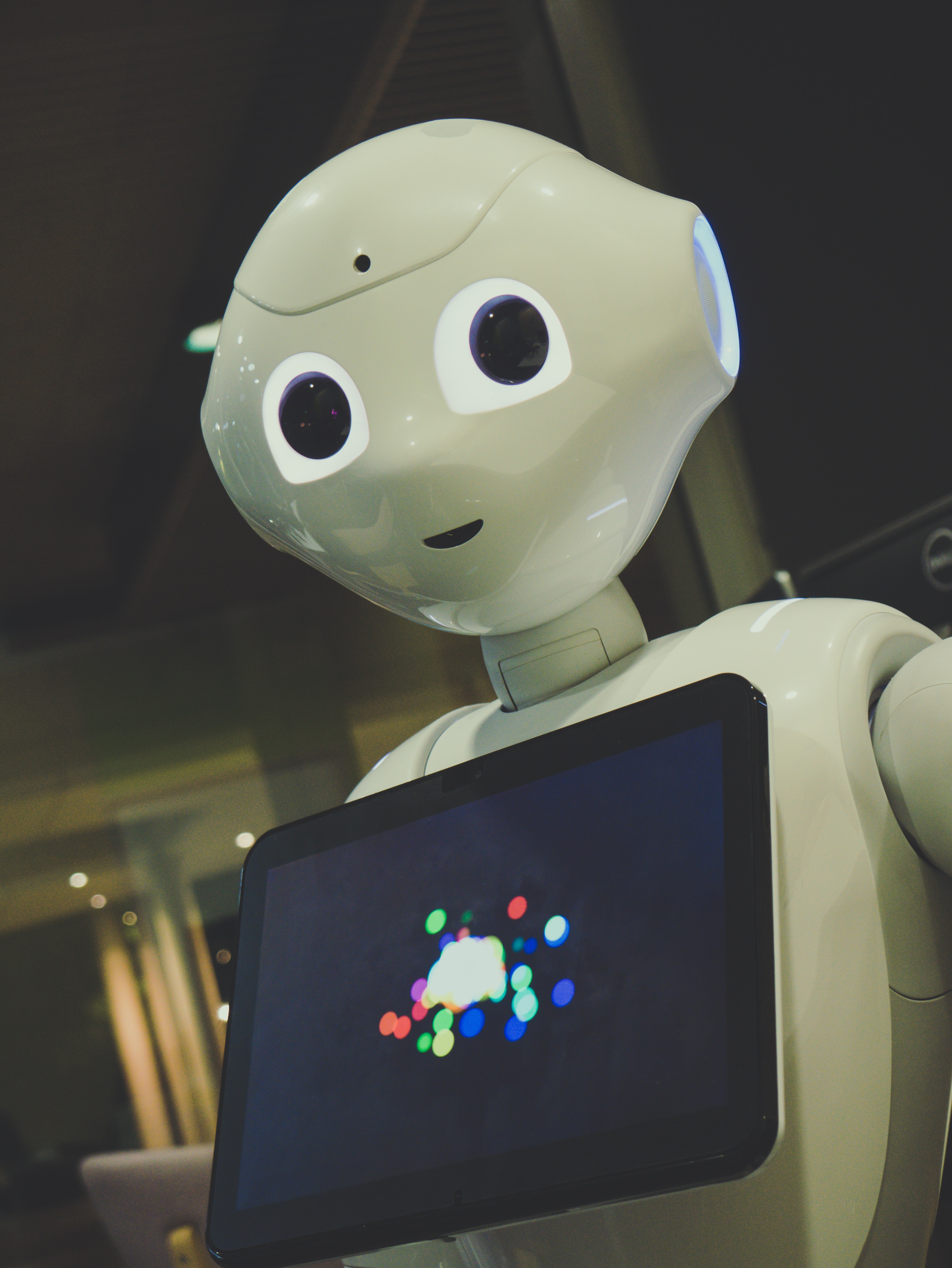“The Rise of Robotics: Exploring the Evolution of Automation”

In the not-so-distant past, the idea of robots seamlessly integrating into our daily lives seemed like something straight out of science fiction. However, what was once the realm of imagination has now become a tangible reality, thanks to the remarkable evolution of robotics and automation. In this article, we embark on a journey through time, tracing the fascinating history of robotics from its inception to the cutting-edge technologies of today.
The Early Days: From Automata to Industrial Robots The roots of robotics can be traced back to ancient civilizations, where mechanical devices known as automata were crafted to mimic human or animal movements. However, it wasn’t until the 20th century that robotics truly began to take shape. The birth of industrial robots in the 1950s paved the way for automation in manufacturing, revolutionizing production processes and increasing efficiency.
Milestones and Breakthroughs Over the decades, robotics has witnessed numerous milestones and breakthroughs that have propelled the field forward. From the development of the first digitally programmable robot by George Devol in the 1950s to the introduction of the first autonomous mobile robot by William Grey Walter in the 1960s, each innovation has expanded the possibilities of what robots can achieve.
Applications Across Industries Today, robots are ubiquitous across a wide range of industries, transforming the way we work, live, and play. In manufacturing, robots perform tasks ranging from assembly and welding to packaging and palletizing, streamlining production and improving quality. In healthcare, robotic surgery systems enable surgeons to perform minimally invasive procedures with unprecedented precision, while assistive robots help individuals with disabilities regain independence.
Beyond Earth: Robotics in Space Exploration Robotic technologies have also played a crucial role in space exploration, allowing us to study distant planets and celestial bodies with unprecedented detail. From the Mars rovers to the International Space Station’s robotic arm, robots have become indispensable tools for scientists and astronauts alike, pushing the boundaries of human exploration further into the cosmos.
Societal Implications and Ethical Considerations As robots become increasingly integrated into everyday life, questions about their societal implications and ethical considerations have come to the forefront. Concerns about job displacement, privacy, and autonomy raise important ethical dilemmas that must be addressed as we continue to embrace automation and robotics.
In conclusion, the evolution of robotics from its humble beginnings to the sophisticated technologies of today is a testament to human ingenuity and innovation. As we stand on the cusp of a new era defined by automation and artificial intelligence, it is essential to approach the integration of robots into society with caution, mindfulness, and a commitment to ethical principles. Only then can we fully harness the potential of robotics to improve our lives and shape a better future for generations to come.
